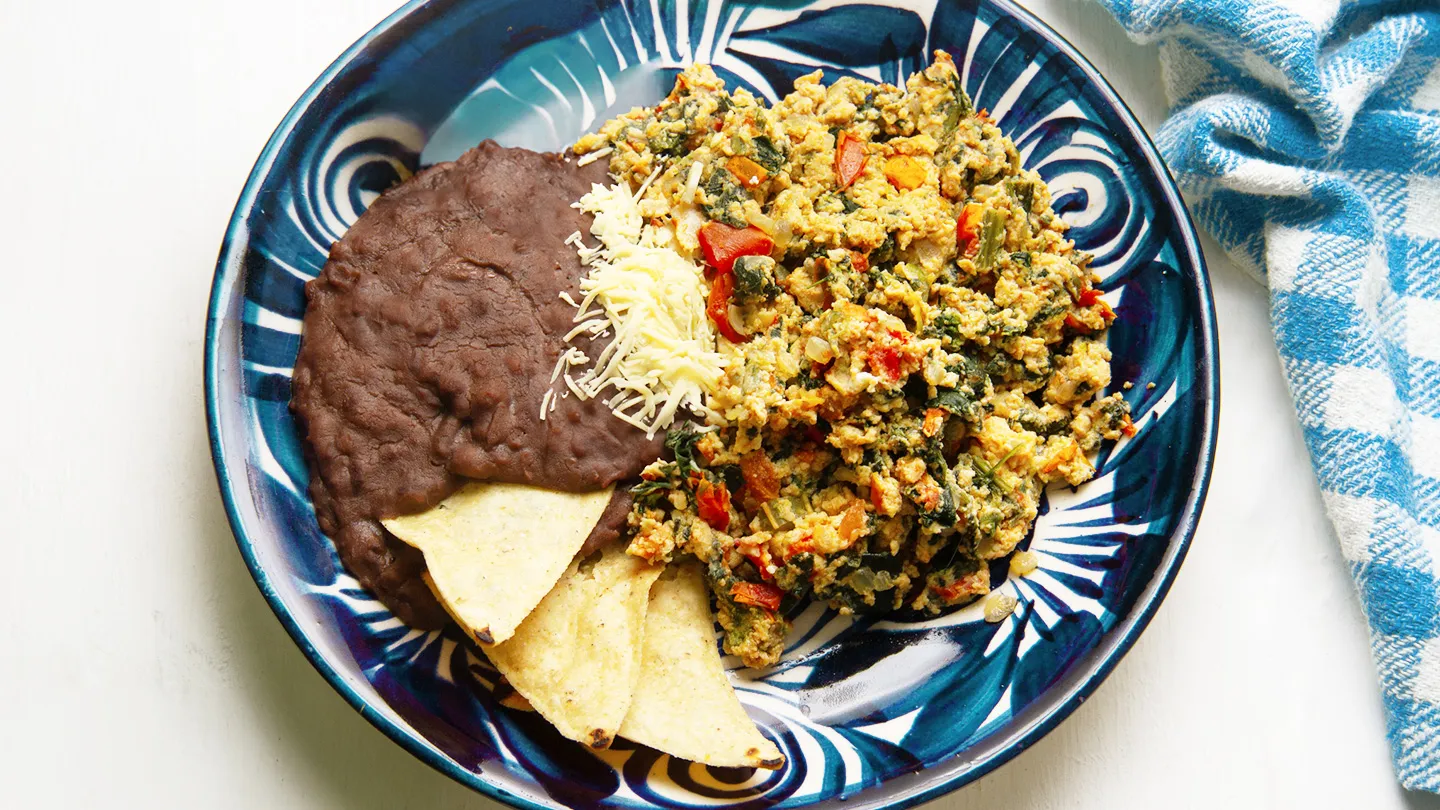High grocery prices are stressing us out: An August poll found that 53 percent of Americans said grocery expenses were a “major source of stress,” and another 33 percent said they’re a “minor stress,” according to results from AP-NORC.
To stretch food budgets, more people are seeking out “struggle meals,” as evidenced by rising Google searches for the term and social media videos tagged #strugglemeals, which have garnered millions of views.
While there’s no standard definition of a “struggle meal,” social media users generally describe them as inexpensive and easy to make foods — “food you grew up on if you didn’t have a lot of money,” as one TikTok user says.
In a video posted in September, TikTok user James Kibs highlights a few struggle meals, including buttered noodles and hot dogs on white bread.
One particular struggle meal, Hamburger Helper, saw sales surge by over 14 percent in the year prior to August 2025.
‘The Priority Is to Get Enough to Eat’
Most dietary guidelines suggest limiting ultra-processed foods. But dietitians say not to worry too much if these items are all your budget allows during a tough stretch.
“We all have chapters where we may not eat ‘perfectly’ — no such thing, by the way — and a few less nutritious meals each week will not unravel anyone’s health,” says Meridan Zerner, LD, a registered dietitian nutritionist at the Cooper Clinic in Dallas, Texas. In college, she says she often ate ramen noodles with canned tuna over a bed of lettuce.
Healthwise, Zerner emphasizes “looking at the bigger picture.” Lindsay Malone, RDN, LD, an instructor and clinical dietitian at Case Western Reserve University in Cleveland, agrees: “The key is not to stress about a single meal or a single day.”
Most important, “I always remind people that food is about both survival and joy. If you’re struggling financially, the priority is to get enough to eat,” says Malone.
However, if highly processed foods make up the majority of your diet, it’s important to know that it could put you at a higher risk of chronic health conditions, such as heart disease, diabetes, and obesity, Malone adds.
Ultra-processed foods tend to be “calorie-dense but nutrient-poor,” she says. They often contain refined carbohydrates, sodium, added fats, and preservatives, and little fiber, protein, and micronutrients — which Malone says can “leave you feeling hungry again soon, which sometimes leads to eating more calories overall.”
How to Make Struggle Meals More Nutritious
Even if your struggle meals start with a processed base, Zerner says that there are low-cost ways to make them more balanced by adding an extra ingredient or two that is high in fiber, vitamins, and proteins.
One strategy is to deploy inexpensive pantry basics like rice, beans, canned tomatoes, and frozen vegetables, all of which are inexpensive, nutrient-dense, and filling. “Pantry staples are your friend,” Malone says.
For example, you can add frozen vegetables, canned beans, or an egg to ramen noodles for protein and nutrients, Malone adds. “One of my favorites is adding frozen spinach to canned soup.”
Another idea is to add ground turkey (rather than beef) and shredded cabbage to a boxed pasta meal like Hamburger Helper, Zerner says.
“With a little creativity and a few pantry and freezer staples, you can throw together meals that are just a little healthier, more protein and fiber-forward, and kinder to both your body and your wallet,” Zerner says.
Here are a few more healthy struggle meal ideas:
- Egg scrambles with leftover or frozen vegetables and beans, topped with salsa or cheese
- Bean burrito bowls, with canned beans, rice, salsa, frozen vegetables, cheese, and salsa sprinkled with taco seasoning
- Baked potatoes topped with cottage cheese or Greek yogurt, black beans, salsa, or rotisserie chicken; or top them with canned or leftover soup or chili
- Chili, lentil soup, or rice and beans using canned or dried beans
To save money on pantry staples, Zerner suggests choosing grocery store brands, looking for specials and sales, buying in bulk, batch cooking, and freezing items.
“I would never want someone to worry about a short chapter of needing to eat budget-restricted, less nutritious meals,” she says, but “there are ways to make those meals just a little bit better and more balanced with a bit of planning.”
Read the full article here




